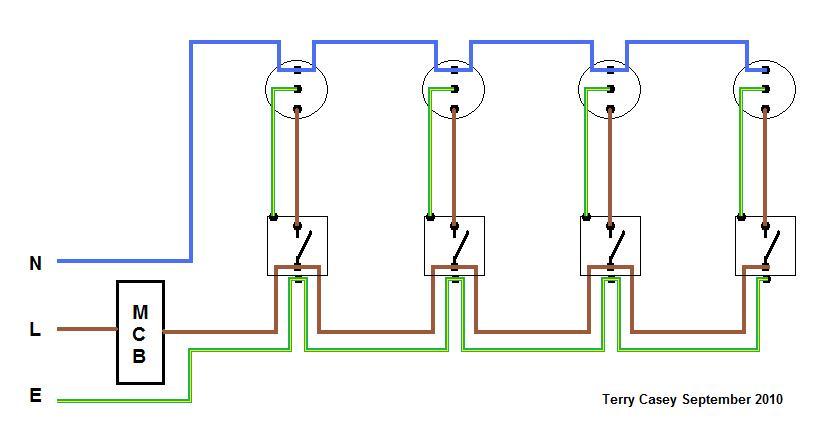A while ago someone posted a diagram of a lighting install wired in singles with the neutrals looping from fitting to fitting and the live feed/switch live run down to the switches.
I've been trying to find it with the search facility but can't. Any ideas anyone?
I've been trying to find it with the search facility but can't. Any ideas anyone?



